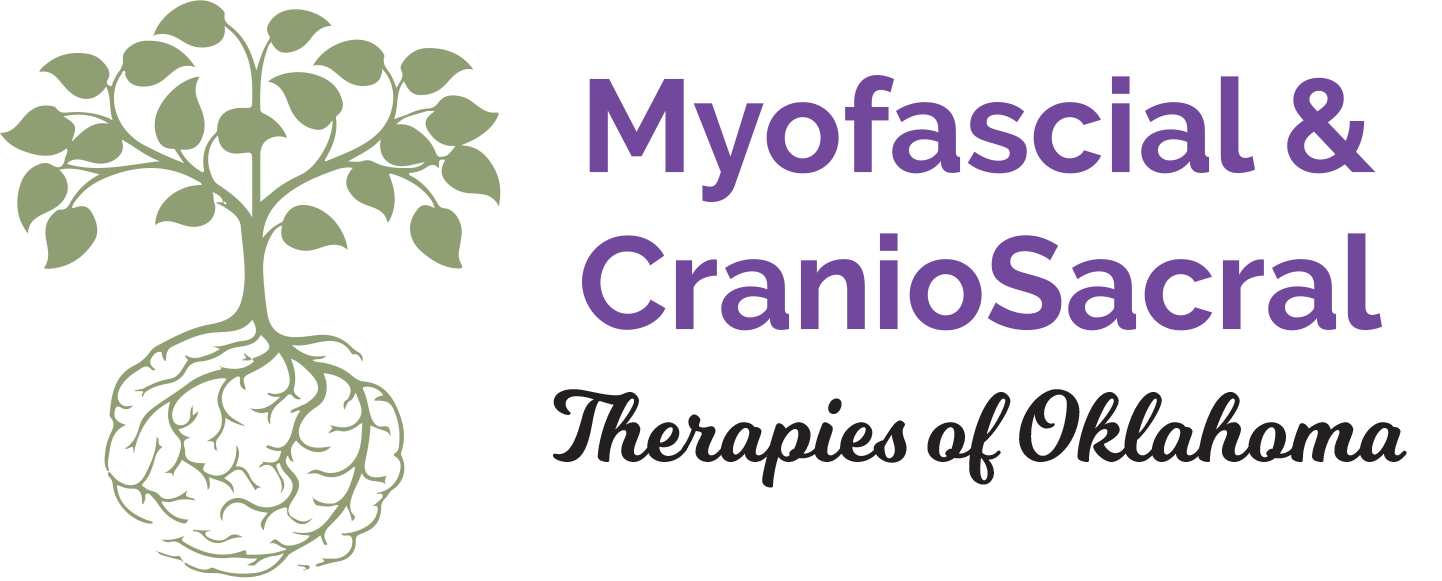Pediatric Therapy
Our passion for this work extends to the most vulnerable members of our society. We specialize in the treatment of infants, and children with many kinds of developmental, neurological, and congenital issues.
Fascial restrictions in infants and children can come from a variety of ways:
How a child was positioned in utero
Induction of labor
Use of forceps during labor
Use of vacuum during labor
Caesarean section
Lumbar puncture, spinal tap, epidural
Medical complications or separation from mother at birth
Other generalized or specific trauma through the birth process
Other trauma (i.e. falls or accidents)
Extended positions in sitting in school or playing video games
Children and infants are new to gravity and the way it pulls and effects their bodies. They need time and movement to adjust to their new way of being in open space. Their world for the first nine months was a fluid filled bubble, a warm safe space designed for them to thrive and develop protected from the effects of gravity. After their arrival into the world the baby’s tissue quality starts out more like that of water, extremely pliable and responsive as it learns and adapts to its new surroundings. Due to this it is easier for the therapist, parent, or caregiver to release the fascia and children tend to be more responsive to therapy than in adults.
Infancy and youth are ideal times to correct structural imbalances. Speech difficulties, leg length discrepancies, twisted spines, cervical adn cranial issues, pelvic imbalances, or trauma due to delivery and surgery can all be treated through MFR and CST.
Speech and Children
MFR and CST addresses the structure of the body, opening up restrictions in the throat, thorax, and pelvis that may be inhibiting the flow of sound through the throat. Without fascial release the body stays stuck and cannot develop the way it was designed to allowing sound and speech to travel and develop fully. Due to this other forms of speech therapy and their effectiveness can yield limited results if the structure that the sound is moving through has not released and opened up for sound to travel properly.
Social Conditioning as a Factor
Another factor in working with young children is the ease of releasing tissue due to lack of social conditioning. Adults have learned for years how to supress their physical actions and emotional responses to the world, as well as restricting themselves based on social customs. Our youth have learned less of this due to their short time here.
As children age into adolescence and adulthood, we all learn ways of being that are acceptable in society; we stop being authentic with our feelings and reactions to life around us. These learned inhibitions create stress and contracted holding patterns; these patterns change our tissue matrix causing fascial restrictions, but these can easily be released through a series of MFR treatments.
Many conditions that could be avoided or improved using pediatric Myofascial Release (MFR) and Craniosacral Therapy (CST) :
Abnormal Muscle Tone
ADD/ ADHD
Autism Spectrum and Sensory Processing Disorders
Cerebral Palsy, Erb’s Palsy
Chronic Ear Infection
Cleft Palate
Colic
Dental braces difficulties
Digestive Disorders
Dizziness and Balance Problems
Down Syndrome and Genetic Disorders
Ear Infections
Emotional Problems
Failure-to-Thrive Syndrome
Fetal Alcohol Syndrome
Hearing Problems
Hyperkenetic Behavior
Hydrocephalus
Impaired Immune System
Lip and Tongue Ties (ankyloglossia)
Learning Disabilities, Dyslexia
Motor Problems
Nursing Problems
Orthopedic problems
Plagiocephaly
Positioning difficulties (infants only tolerating being held)
Reflux
Seizures
Sensory Integration
Speech Disorders
Scoliosis
Spasticity
Strabismus, Nystagmus and Other Disorders
Swallowing difficulties
Torticollis
And Many Others
Using Pediatric MFR and CST can produce consistent results in treating infants, toddlers, and children. They are both safe, effective, and can also be utilized with appropriate modalities, mobilization, exercise and flexibility programs, and neuro-developmental treatment (NDT), along with other sensory integration and movement therapy.


